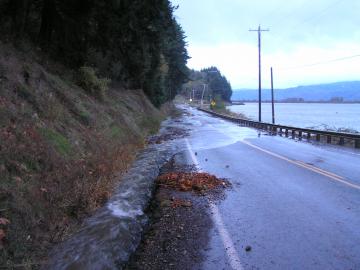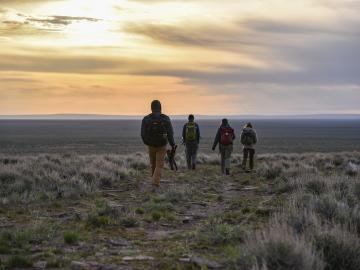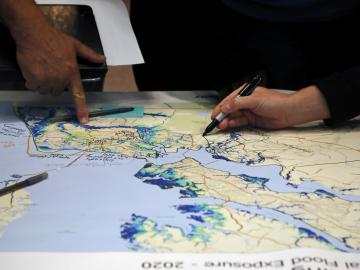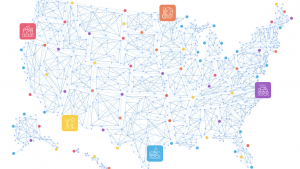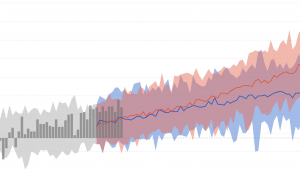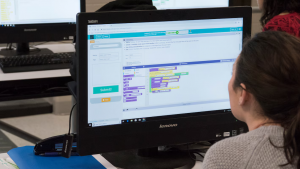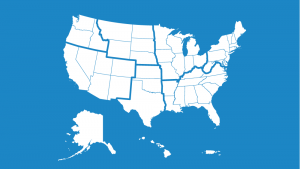Consider solutions gathered from published climate resilience plans
Gather a list of strategies from the Toolkit's Options Database.
Select the Hazard and Asset that best describe your situation, then copy the list of strategies coded to that pair. Recognizing that multiple categories of options exist—from educating the public through civil engineering projects—can expand your ideas about what could be done to reduce risk.
Explore case studies and examples of published climate adaptation plans
Check for relevant Case Studies to see what others have done. Browse all, or select a hazard or asset of interest. Use filters on the left of the page to refine your choices.
Results will include case studies and published climate resilience plans with accounts of how others have responded when they faced a situation similar to yours. Consider if some part of their response is a possible option or strategy for your effort.

